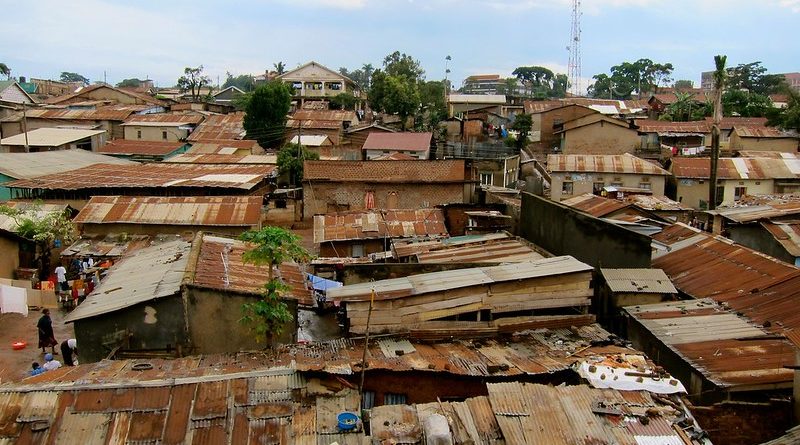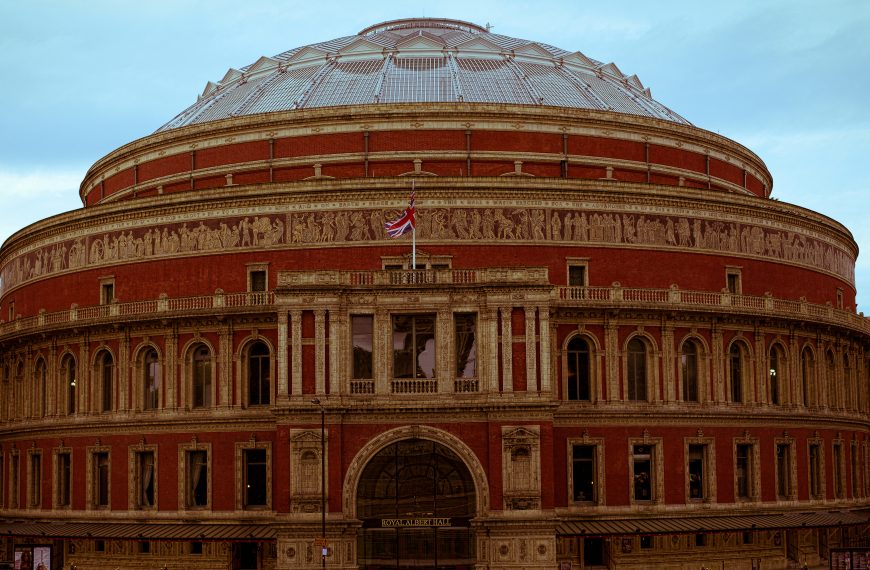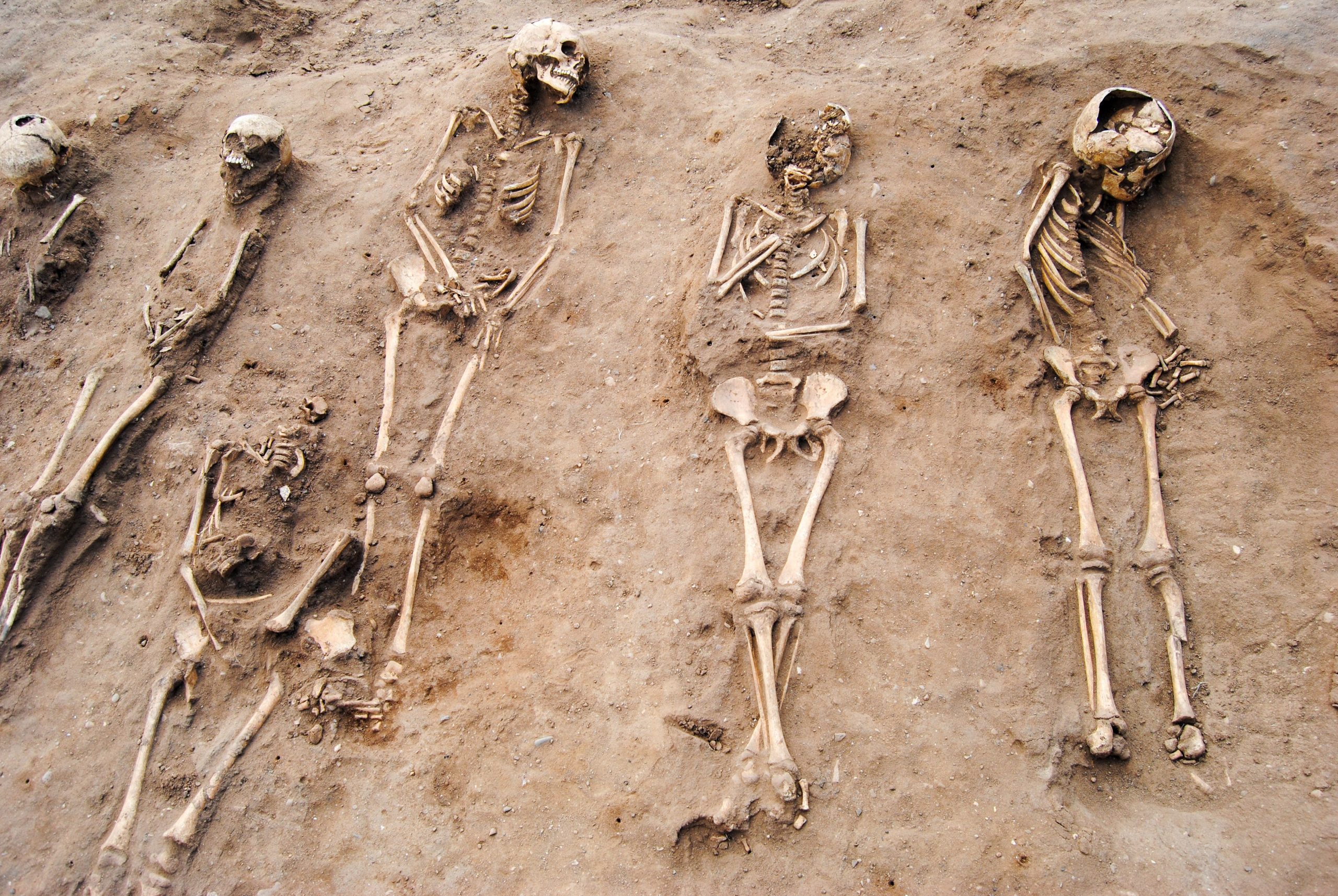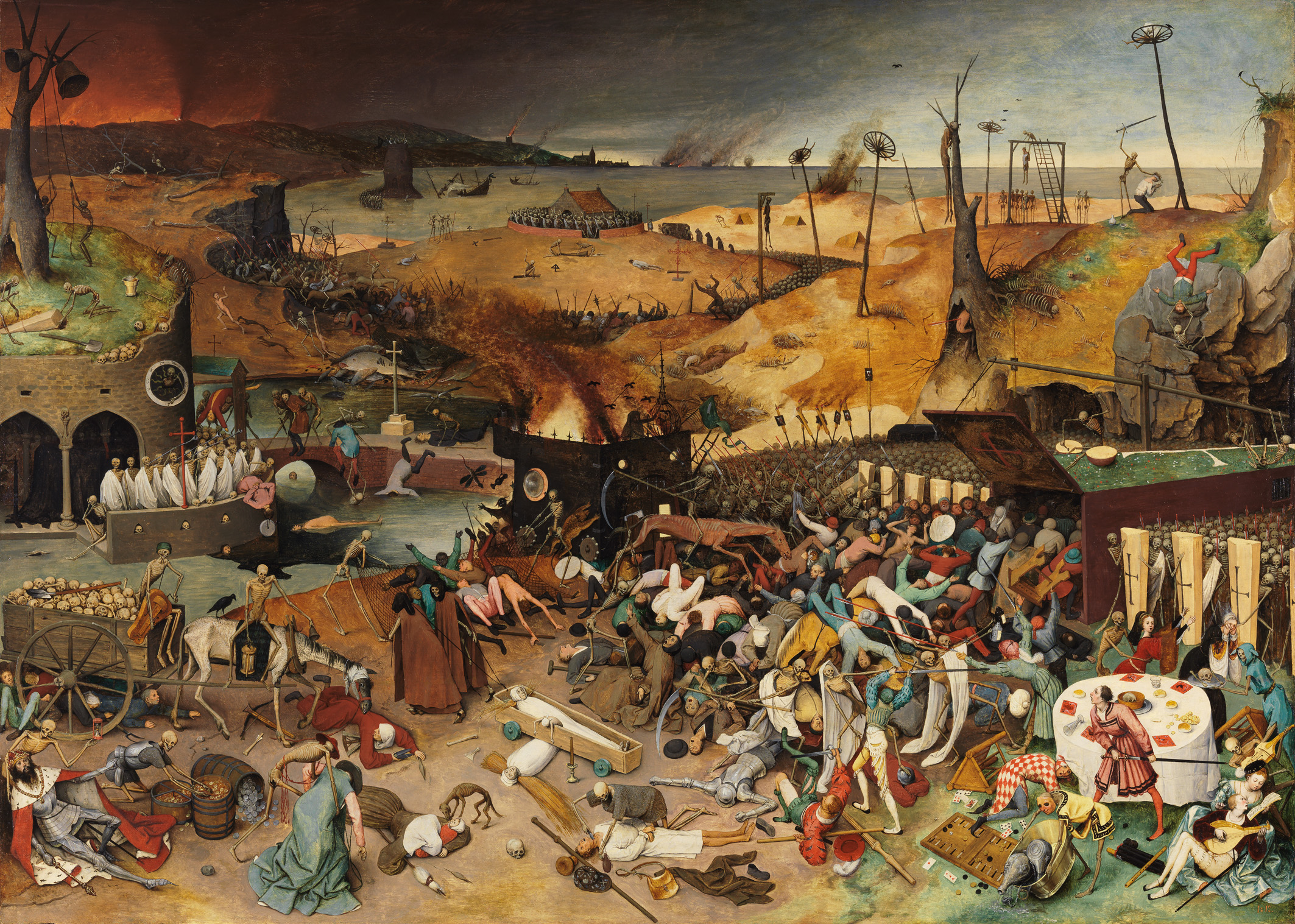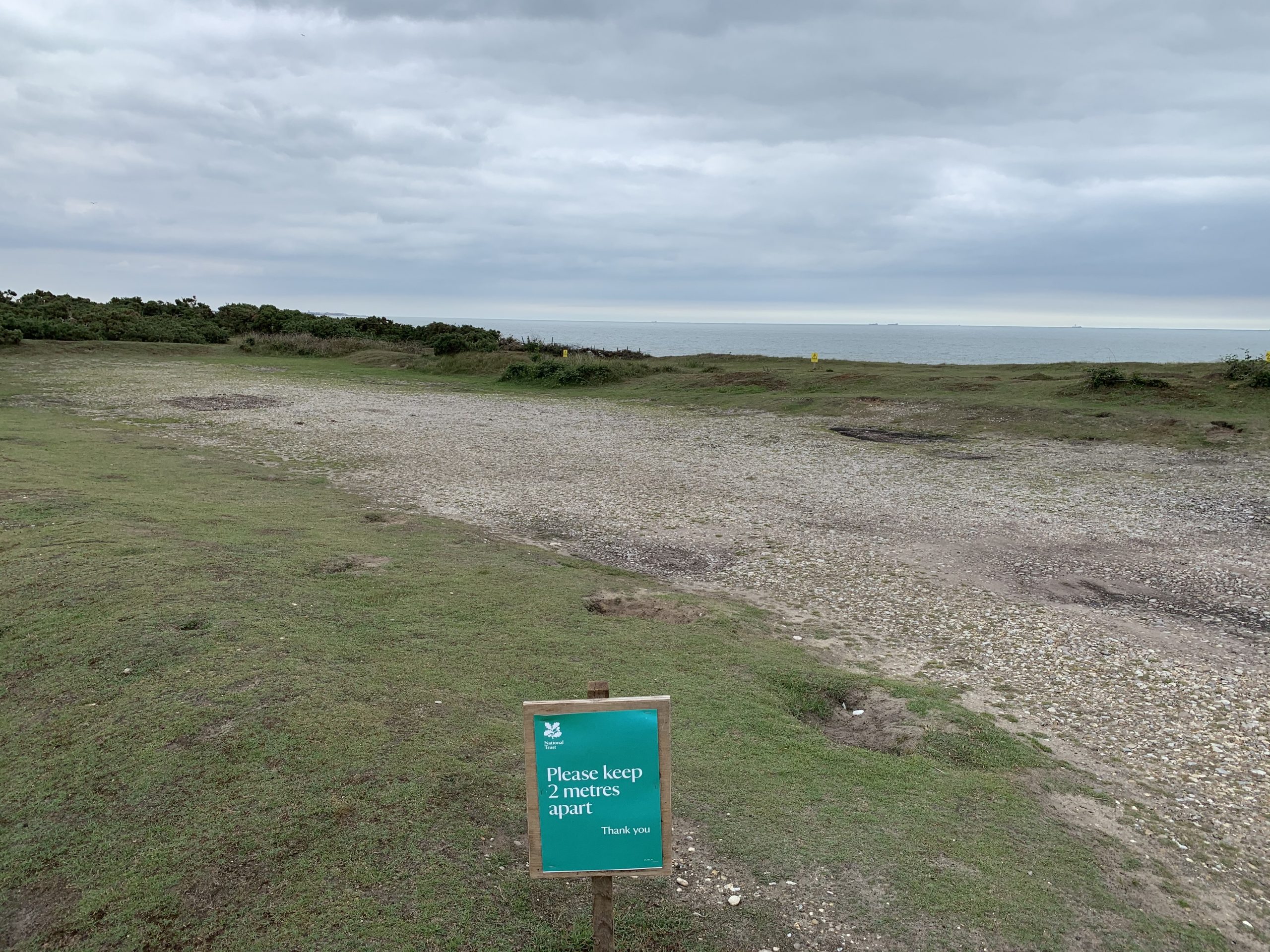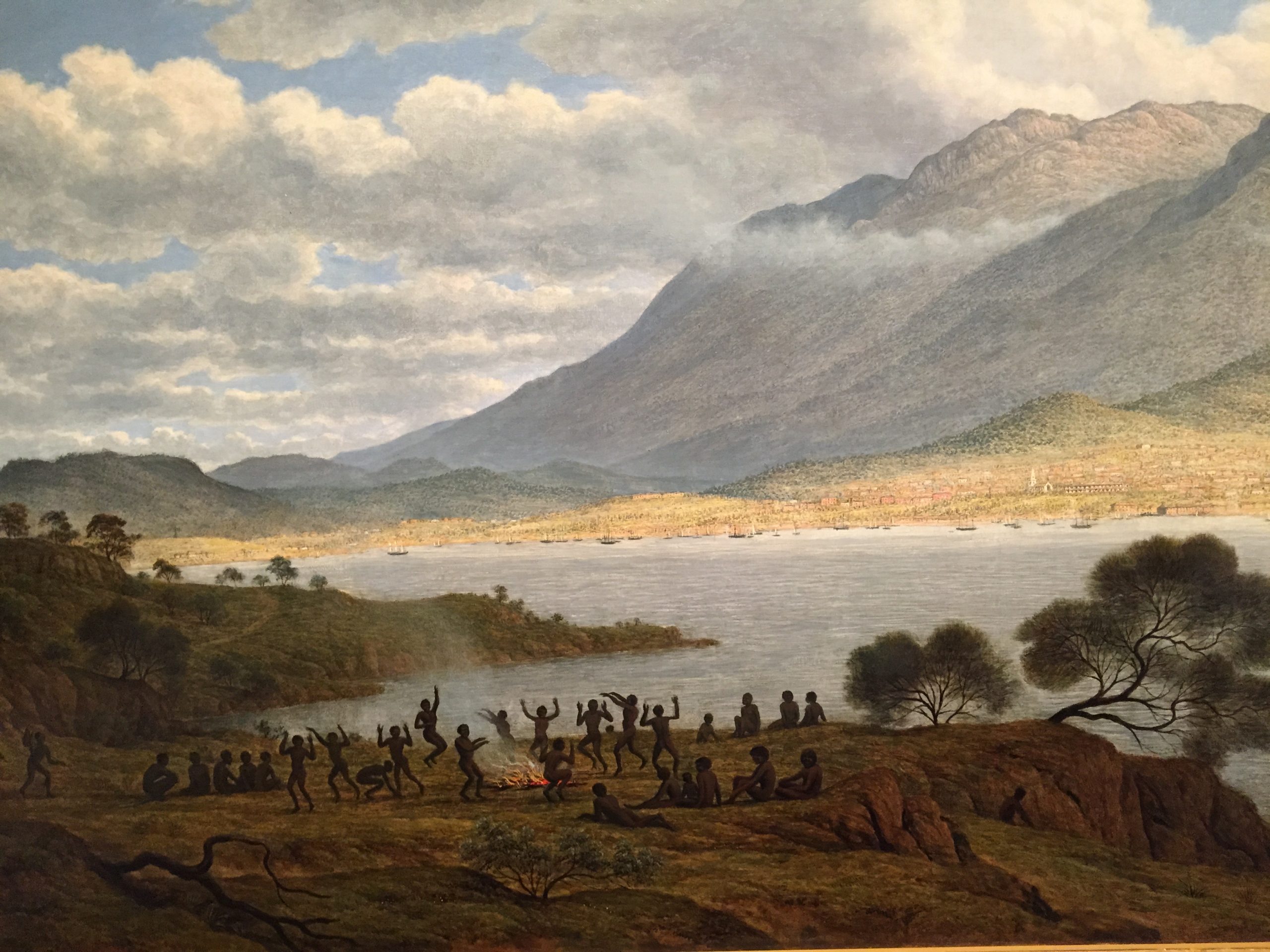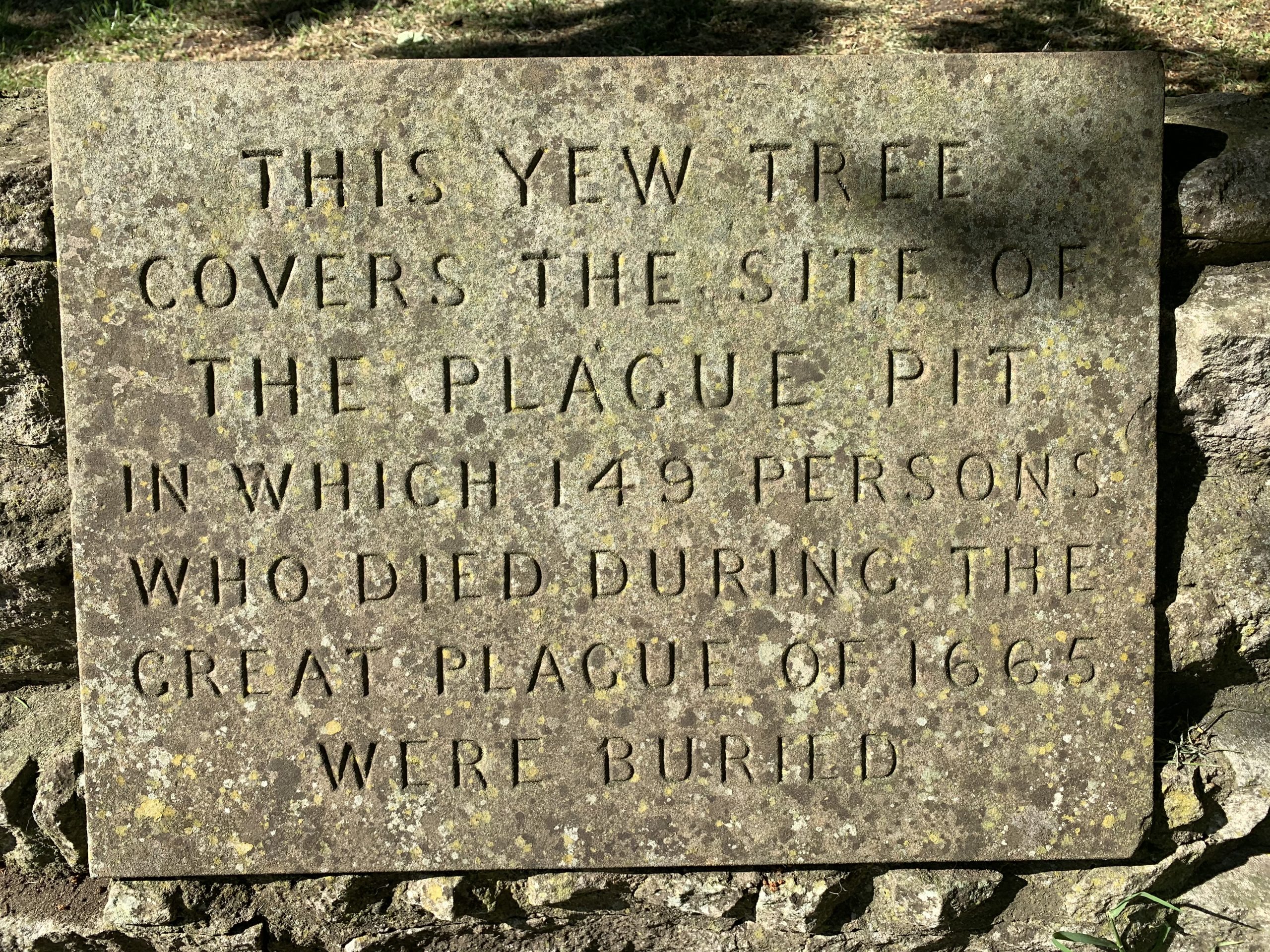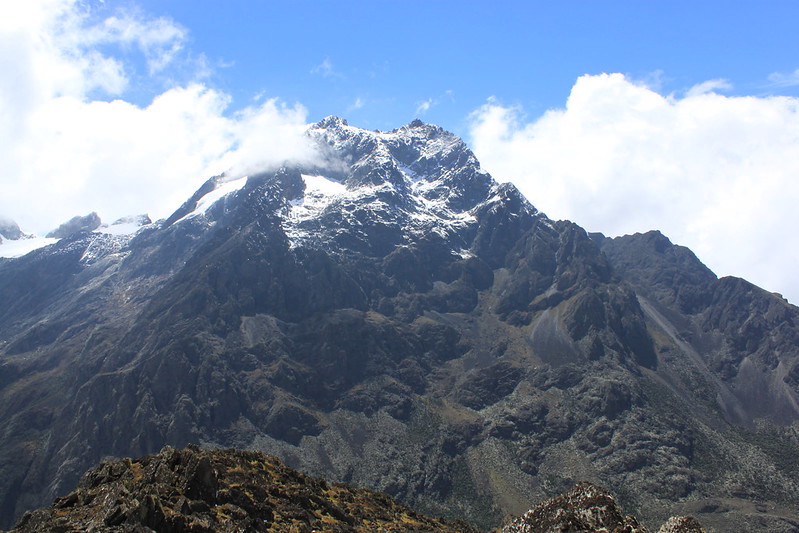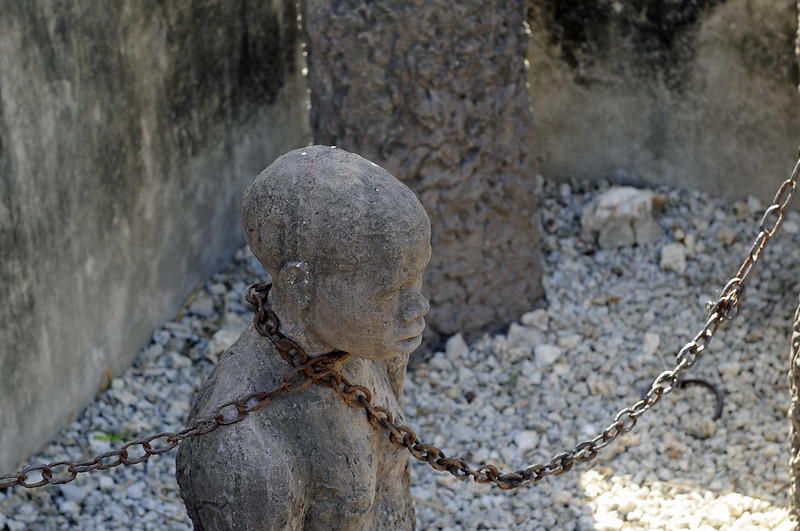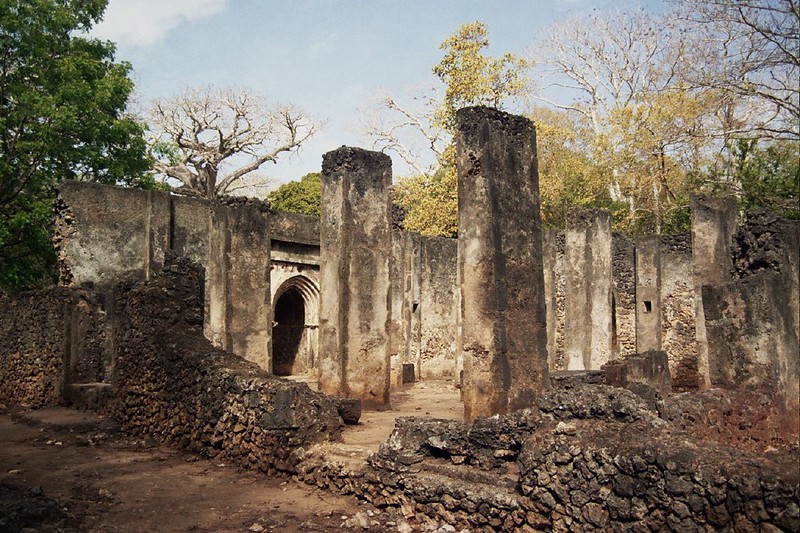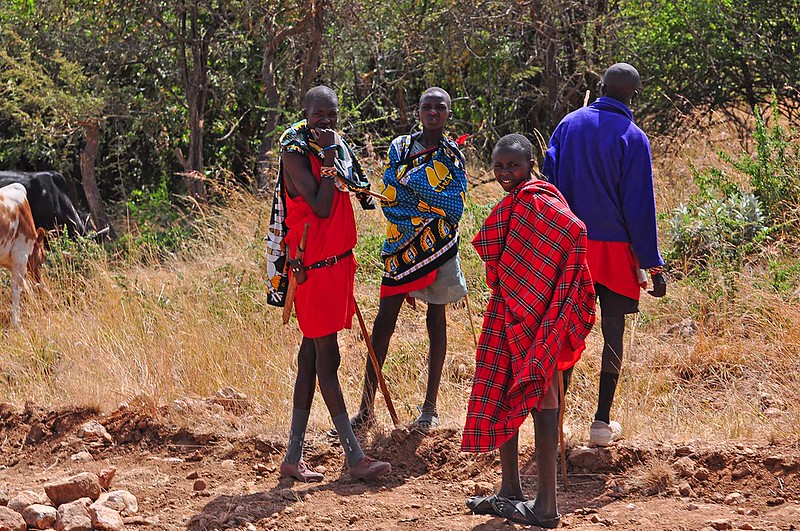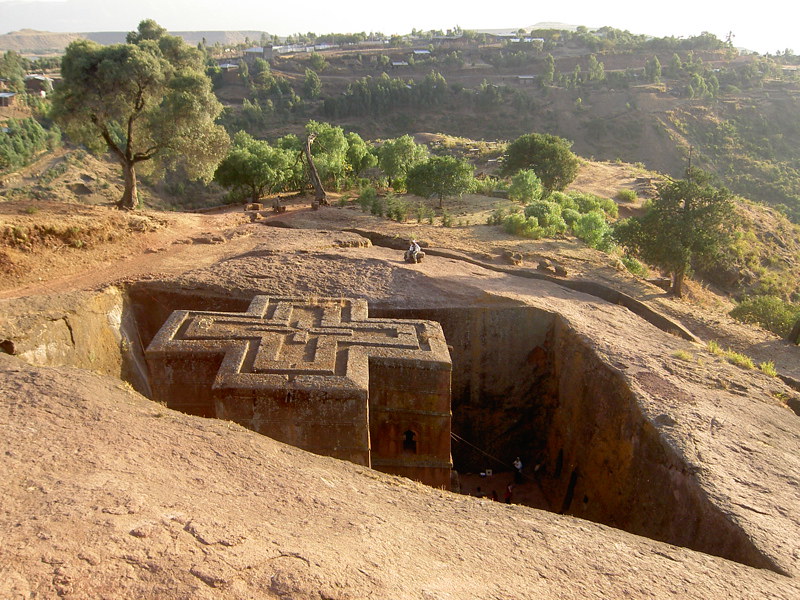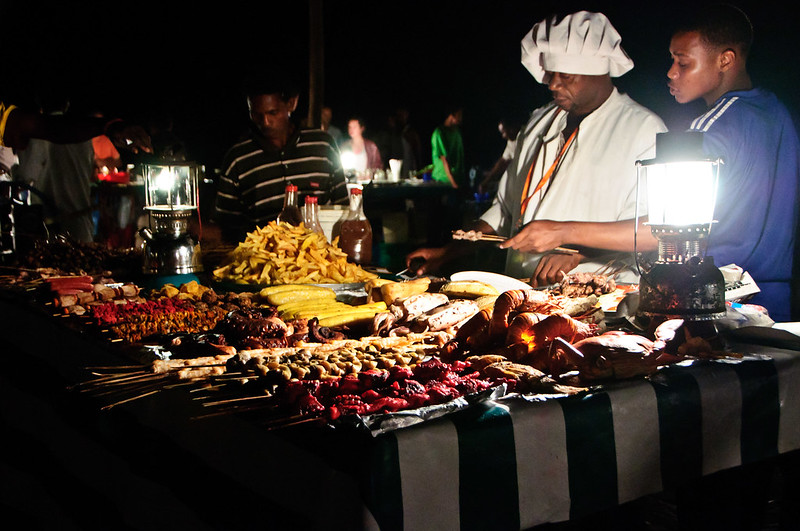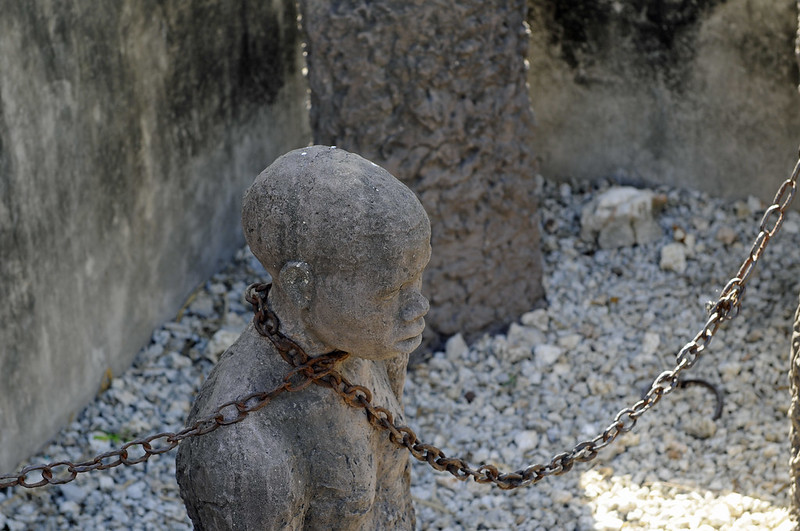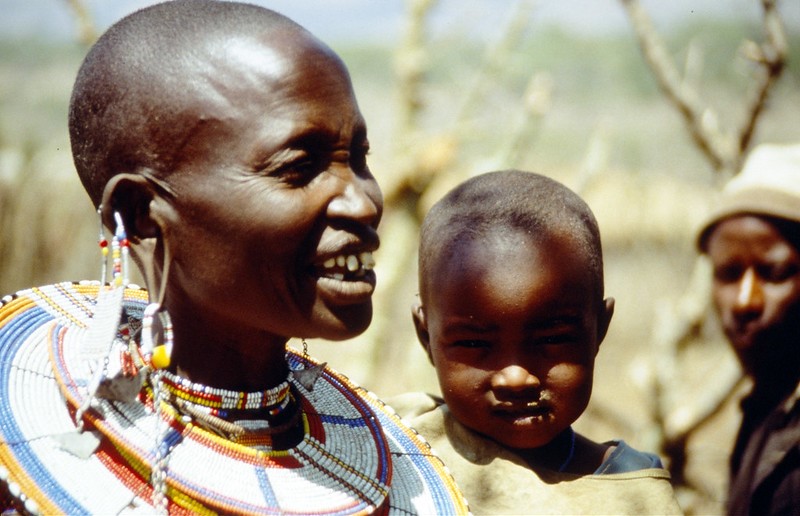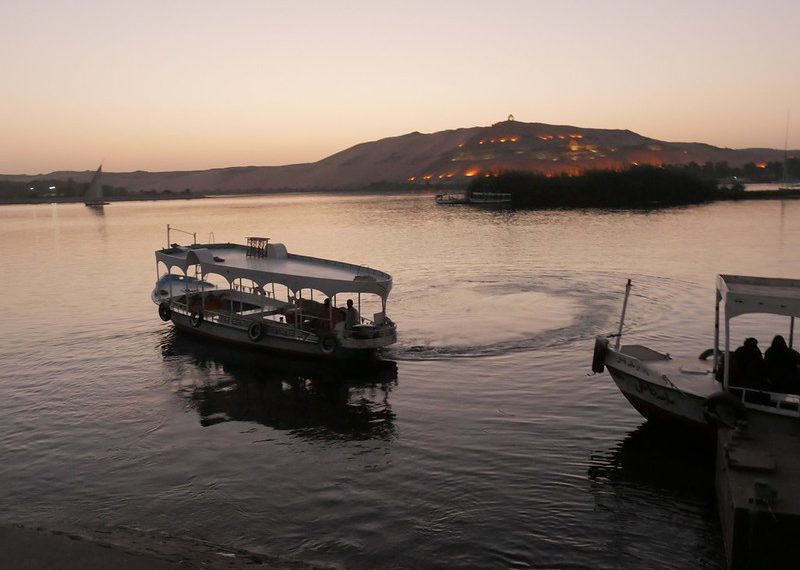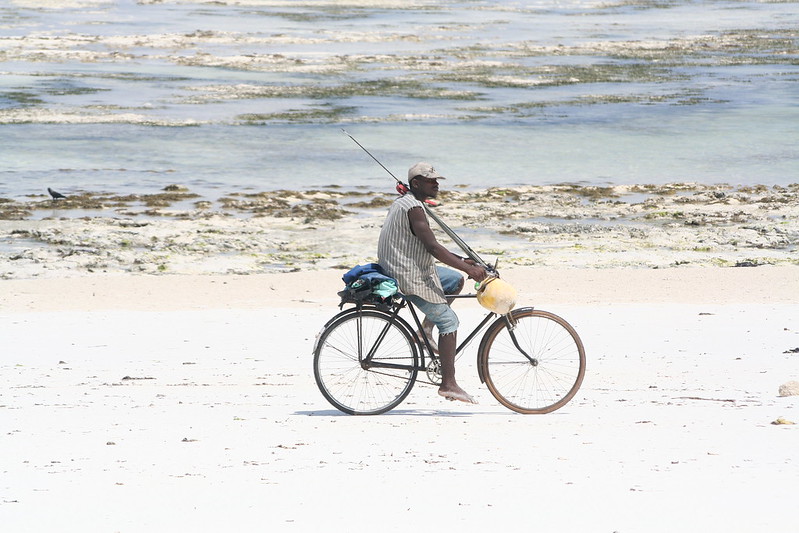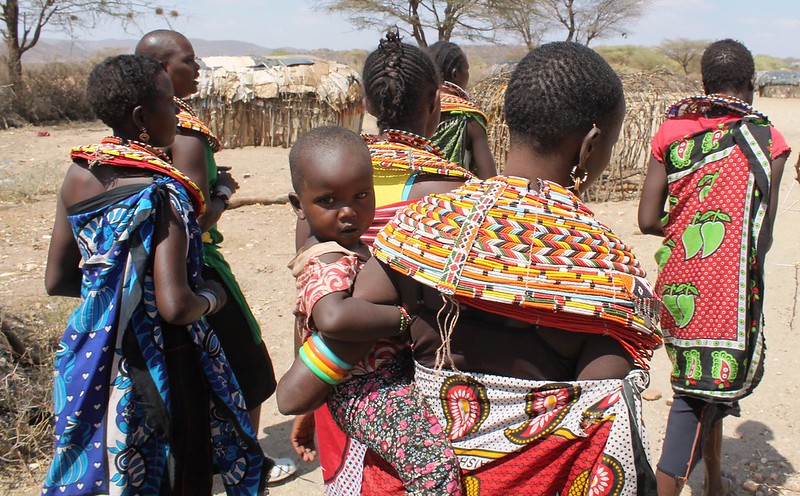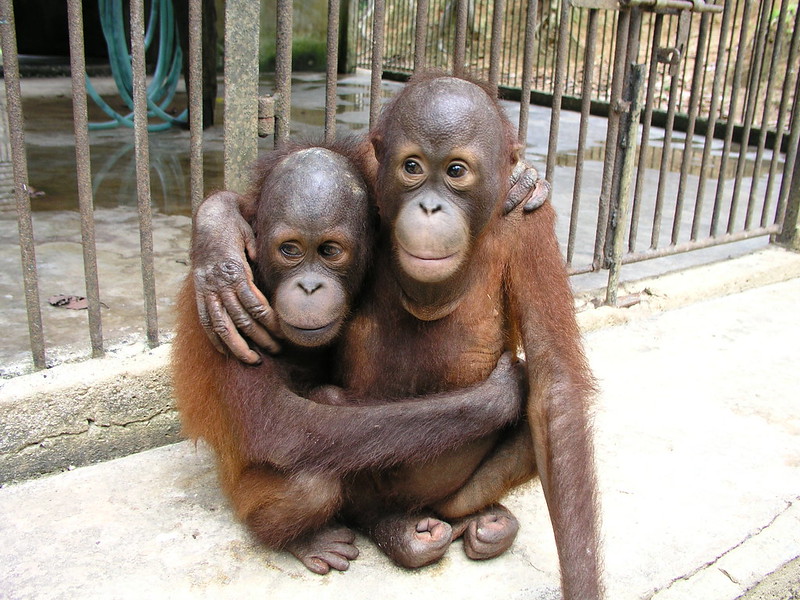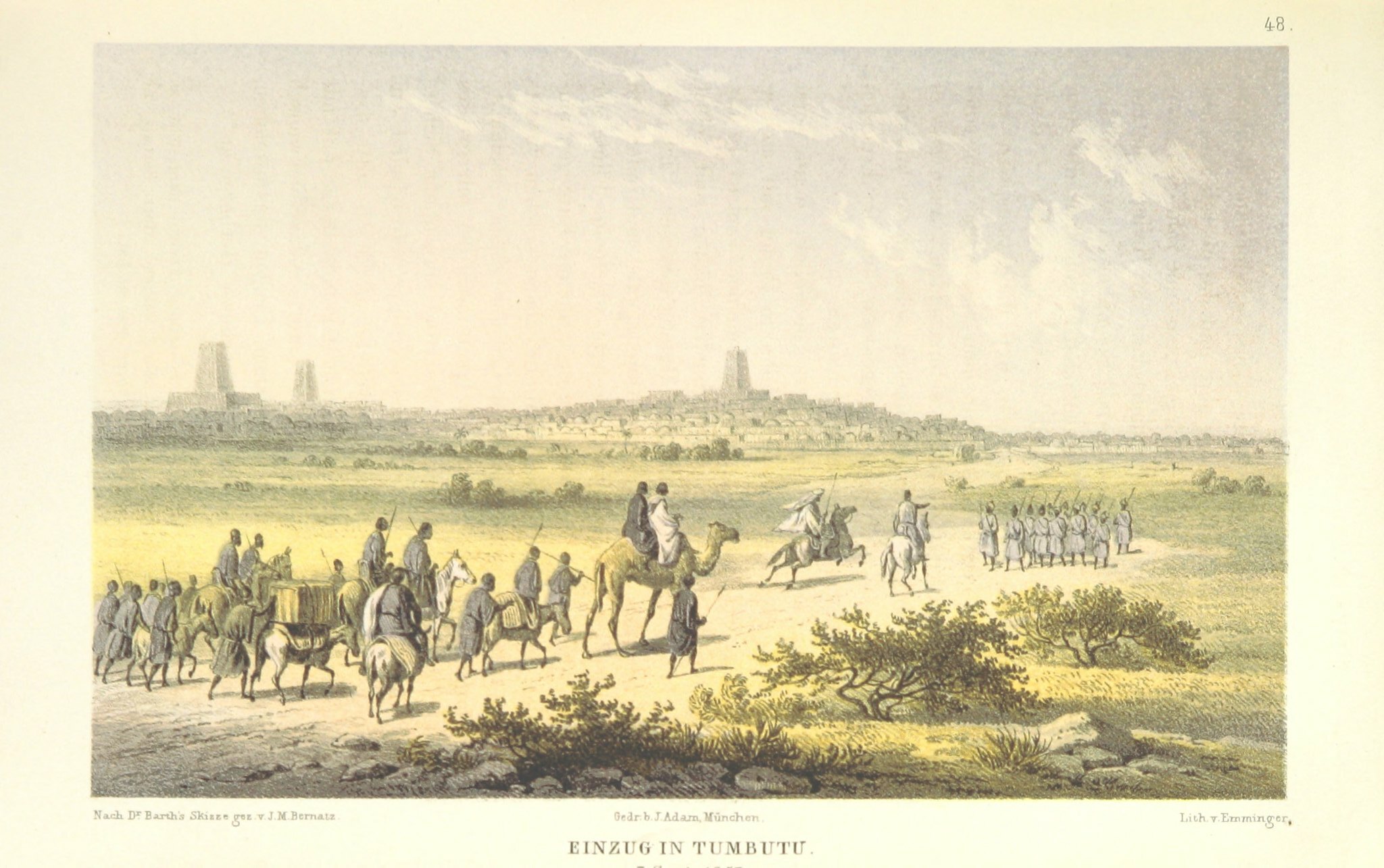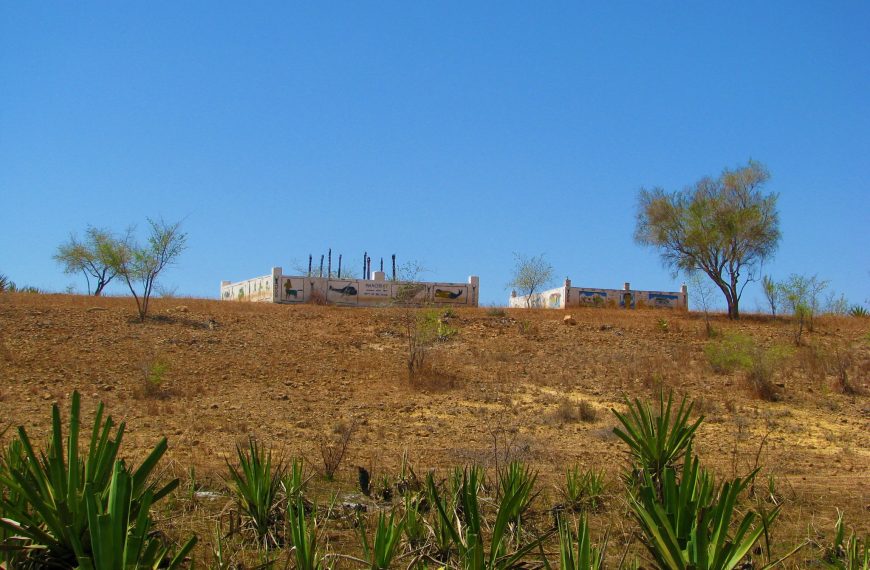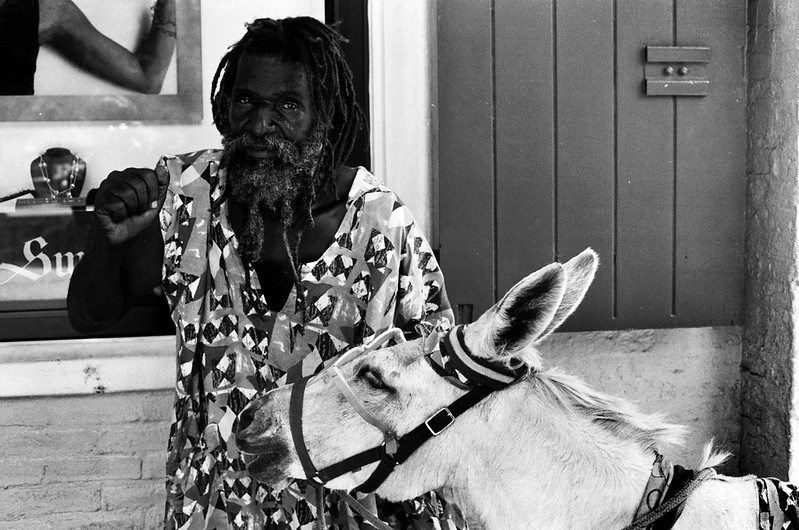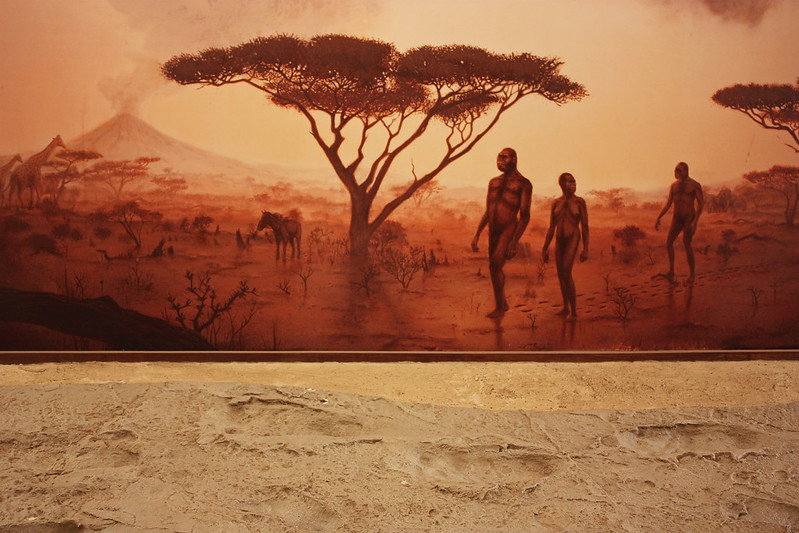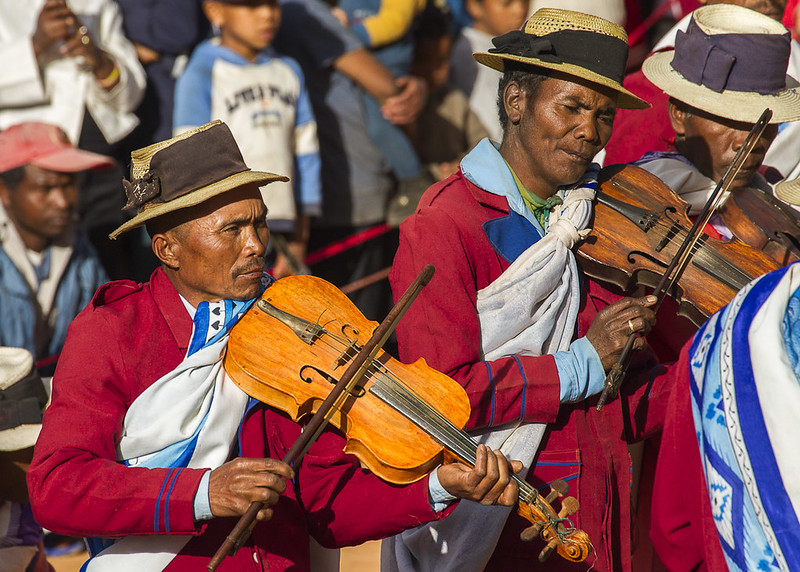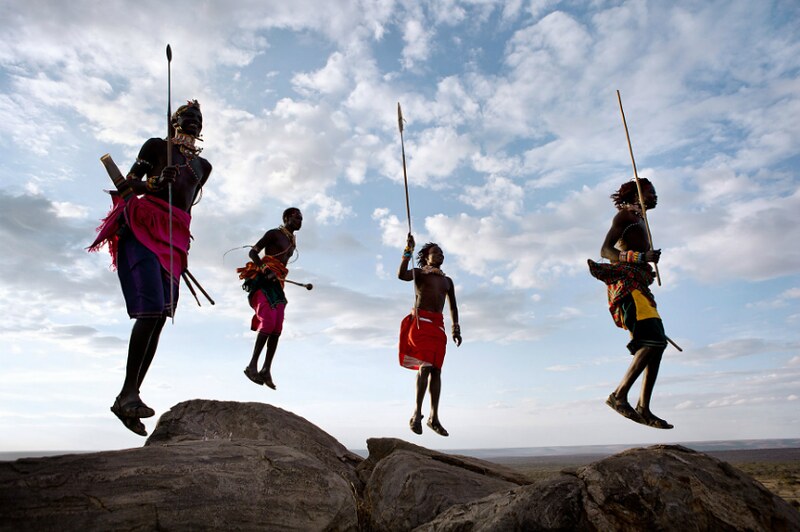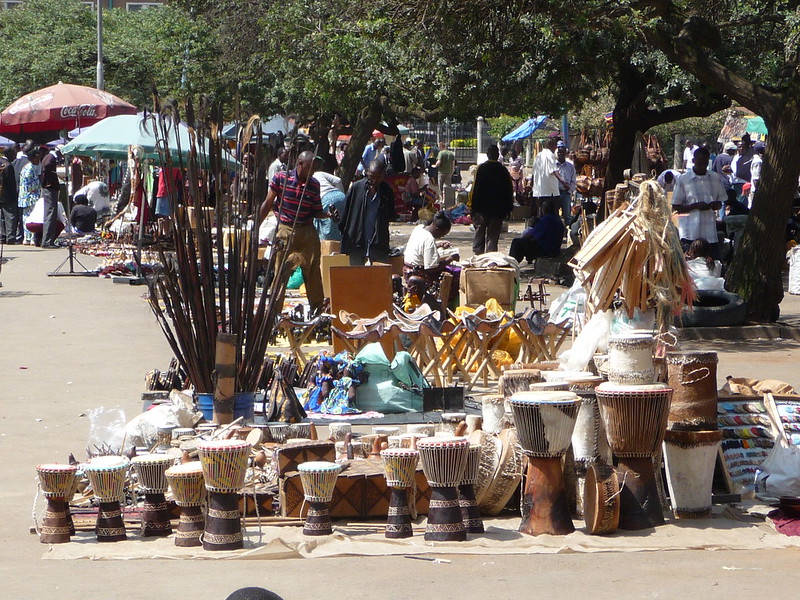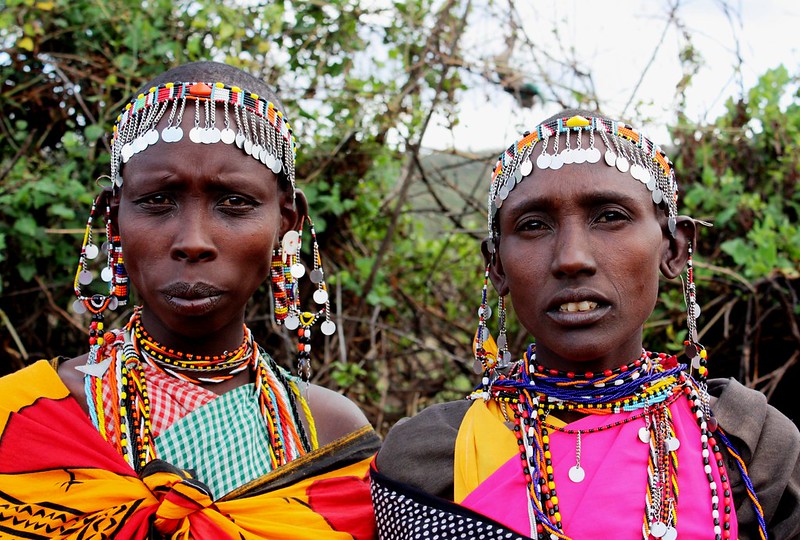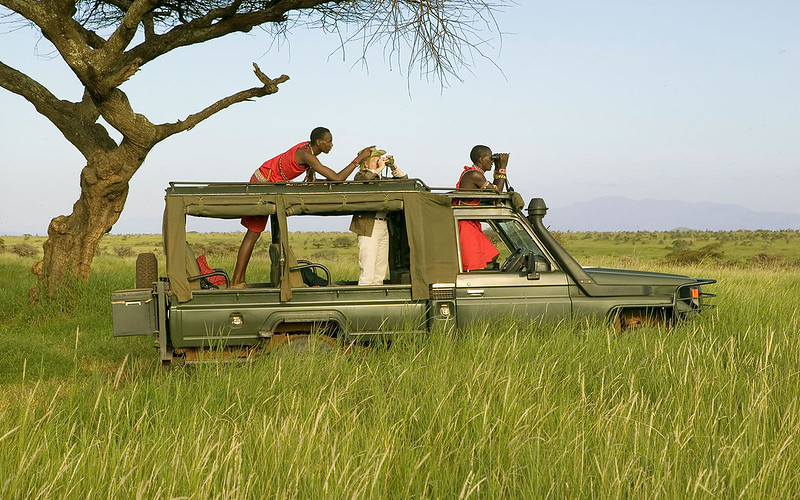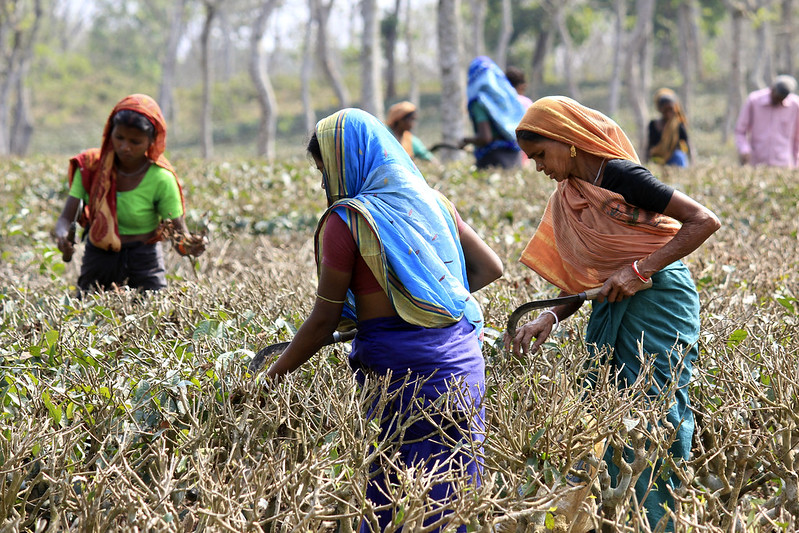Climate
Uganda
Temperatures in some parts of the country are quite cool owing to the country’s high altitude, despite its position on the equator. The mountain areas become much cooler and the top of Mount Elgon is often covered with snow. Other parts of the country are much warmer. There is heavy rain between March and May and between October and November. Lightweights and rainwear with warm wraps for the evening are advisable.
Congo (Zaire)
Varies according to distance from the Equator, which lies across the north of the country. The dry season in the north is from December to March, and in the south May to October. The annual temperatures are warm and humidity is high.
People
Uganda and Zaire’s population is made up of a complex and diverse range of over 200 tribes and ethnic groups, like the Bantu speaking people centred around Lake Kyoga and the Niloticspeaking tripes in the North like the Lango and Masai related Karamojong tribes. Pygmieslive in the Ituri forests of west Uganda.
Each tribe has its musical history; songs are passed down from generation to generation. Ndigindi (lyre), entongoli (harp), amadinda (xylophone) and lukeme (thumb piano) are commonly played instruments in village rites and rituals.
While about two-thirds of the population is Christian, mainly Roman Catholic, the remaining third still practises animism or follow Islam. There were sizeable numbers of Sikhs andHindus in the country until Asians were expelled in 1972, although many are now returning following an invitation from the president. In the 1990s, Congo also had an influx of immigrants, particularly refugees from neighbouring countries. In 1985 over half the population was rural, but the country is becoming increasingly urbanized.
Language
French is the Congo’s official language, but it is spoken by relatively few people. Swahili is widely used in the east, and Lingala is spoken in the west; Tshilaba is also common. A grounding in French may see you through but a guide’s services are necesary in rural or trekking areas.
Dress
Uganda’s favourable climate makes cotton and linen fabrics the ideal wardrobe for both men and women. Lightweight suits are suitable for evening wear and for women any decent dress will do. Similarly, Congo places no restrictions on dress although lightweight clothing is essential, especially if visiting during the rainy season.
Food
Uganda is seeing an increasing number of immitation western restaurants and even a few modern grocery department stores. Because of the Indian community, places like ‘Munchies‘, a Mcdonald’s copy and a quasi-Domino’s Pizza have started up with Ugandans, Europeans and Asians who have money frequenting in their hoards. In both Uganda and Congo, food is for sale everywhere. You can see produce neatly stocked on the ground everywhere in makeshift markets. Chickens are either tied down or in cages, beef hangs out in the open, covered with flies. Banana stalks (‘matoke’) are sold to hagglers and everything is bargained for. Avoid eating meat from street stalls or food you can’t wash or peel before eating.
Ugandans serve the posho speciality, which is a corn meal made into something that looks like grainy mashed potato and tastes like glue. In most of central and eastern Africa, meat is not eaten as it is too expensive. Africans tend to stick to posho, ‘matoke, kidney beans, ground peanut sauce, cassava and sweet potatoes. For a meat treat, check out the traditional pubs where barbequed chicken and goat are served on skewers to the sound of music.
The national dish of Congo is moambe, a spicy sauce with peanuts, palm oil and meat (typically chicken) and rice. Don’t miss trying saka saka, a stew of crushed manioc leaves, sort of like spinach. Most dishes are served with traditional local rice, fufu or kwanga, which is a doughy like glob of mashed manioc or yams.
Health
Health is a big issue in both countries with AIDS sweeping across economic and social lines. In the last five years, 400,000 people have died of AIDS related sicknesses. Don’t even think about sleeping with the locals unless you want to sign your own death warrant. Malaria is still the biggest killer in Uganda with over 150,000 people dying every year from this dreaded tropical disease. Diarrhoea is also a major risk; the availability of doctors – especially those who are to be trusted – is very low, and bribes are often the only way of receiving medical attention. In both countries, a vaccination for yellow fever will be required.
Travel
Throughout Africa, travelling on the roads is a stressful experience, either as a passenger or driver so have patience, and lots of it. Get used to the speed bumps, police checks with barriers across the roads and the pot holes in the road. In the Congo, travel by air is not recommended but overland travel is feasible by bus, minibus and truck.
In Uganda, travelling ‘off the beaten track’ is the only way to see the best of what the country has to offer. The Ssese Islands (South of Kampala) are connected to the mainland by ferries that run from Bukakata (about 50 miles south west of Kampala via Masaka) to Buggala Island, and by fishing boats from Port Bell to Bugala. Also, the mist covered Rwenzori Mountains offer some of the most challenging trekking in East Africa. Check with the tourist office before planning a trip.
Fort Portal , a green, pleasant and quiet town at the end of the Rwenzori mountains is a good place to explore Kibale Forest National Park. Fort Portal is about 180 miles North West ofKampala and is accessible by bus and taxi. Frequent buses and taxis shuffle between Fort Portal, Kibale and Rwenzori National Parks.
Festivals
Congo is renowned for its Congo music more than for any organised festivals. These latin-inspired beats frequently make their way to the top of the charts and over the past 25 years, Congo music has exercised a profound influence over the musical development of the rest of Black Africa. It is celebrated in bars and is vital to the Congo’s drastically destabilised social life.
Uganda celebrates many Christian holidays, including Christmas, Easter and Good Friday. The Muslim population honors Islamic holidays, which follow the Muslim calendar. Hari Raya Puasa,the sighting of the new moon, signifies the first day of the Muslim calendar and the end ofRamadan, the fasting month. Women’s Day takes place throughout the country in early March. There are also several holidays associated with independence and events during the civil wars:NRM Anniversary Day is 26 January; Martyrs’ Day is 3 June; Heroes’ Day is 9 June; andIndependence Day is 9 October
Cash
Uganda
Local currency is the Ugandan Shilling (UGX).
$1 US = Approx. 1,700 UGX
1 Euro – 1,500 UGX
£1 Sterling – 2,500 UGX
Congo
The local currency is the Congo/Kinshasa Franc
$1 US = approx 300 CDF
1 Euro – 300 CDF
£1 Sterling – 500 CDF
For up to date currency information, check the Currency Converter.
Banks don’t usually have any money so changing dollars is one of the many challenges in Zaire. If you are in Zaire, you are going to need American dollars and they can’t be ripped, they must be at least produced in the 1990.
Both countries are relatively cheap to live in, but travelling with a guide is a necessity and will set you back around $300 – $400 per week so it works out more economically if you can split the cost between a small group.
Visas
Citizens of most countries do require visas and be aware that these are fairly expensive. All nationalities require an International Health Certificate showing proof of a yellow fever vaccination within the past 10 years.
